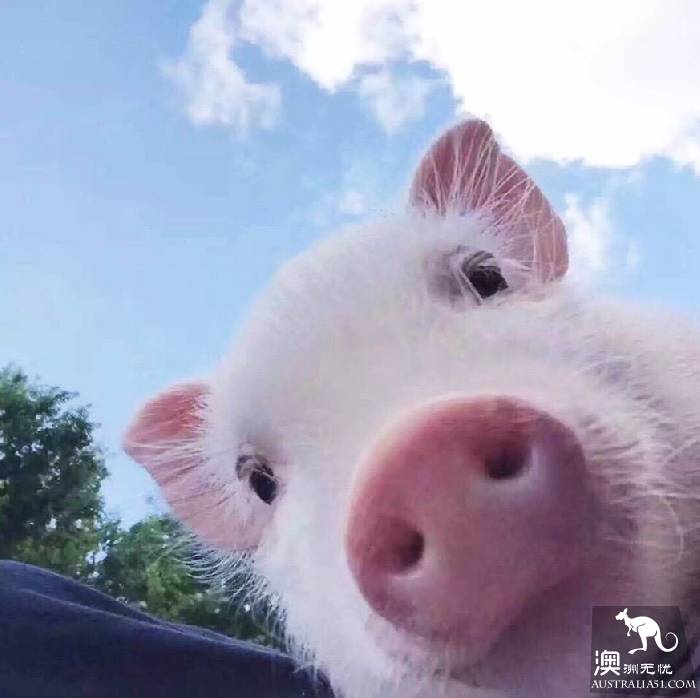Author: chicken leg week
Drawing: sun green / proofread: cat Stu / editor: yogurt bubble
African swine fever has made headlines in China's agriculture and food safety news since the middle of last year, sparking a stir not only among farmers but also among ordinary diners.

There's really something to say for a while.
In fact, citizens do not have to worry, African swine fever will not spread to humans, even if inadvertently eating sick pork will not be life-threatening. What should really worry about is a pig breeder, because pigs only have to touch this African swine fever will get sick, causing huge economic losses.

Swine fever has existed in this world for a long time
In fact, the pig farmers are very confused one thing is, Africa's swine fever, how to come to China to harm pigs?
Yeah, how did African swine fever get to China?
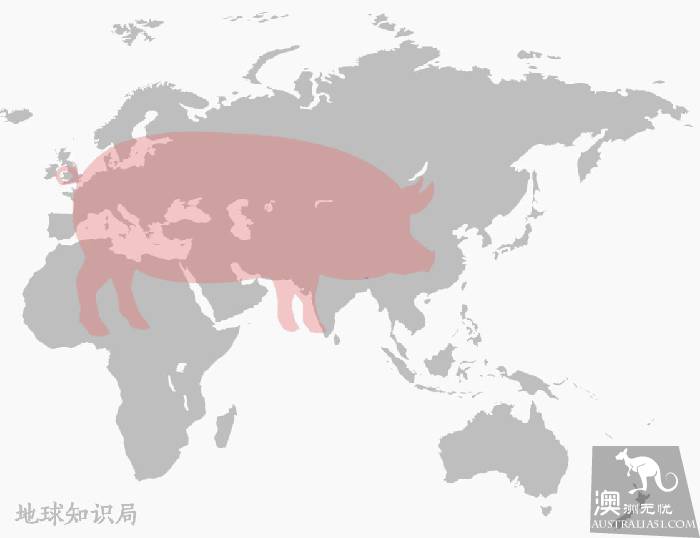
How did this go all the way from Africa to East Asia?
African swine fever is not "swine fever".
Prior to the spread of African swine fever, the world's swine fever, also known as classical swine fever, was the most feared disease of swine fever in the world. Although the name is classical, the history of classical swine fever is not so long ago that it can even be seen as a revenge of the new mainland against the old mainland.
Mysterious classical swine fever from the Western Hemisphere.

Classical swine fever (Classical Swine Fever) first broke out in the United States in 1810. It is a new mainland swine disease toxicity disease. It was introduced into Europe in 1820s, then broke out in France and Germany, and spread all the way to the eastern end of Eurasia mainland. Although a hundred years later, human have developed serum against this kind of swine fever, but classical swine fever has not been completely eliminated, there are still sick pigs.
The Distribution of Classical Swine Fever in Europe

This time the occurrence of African swine fever (ASF) and classical swine fever is not the same thing, so the plague can not be referred to as "classical swine fever" in order to avoid confusion with classical swine fever.
But for pigs, it seems to mean the same thing.
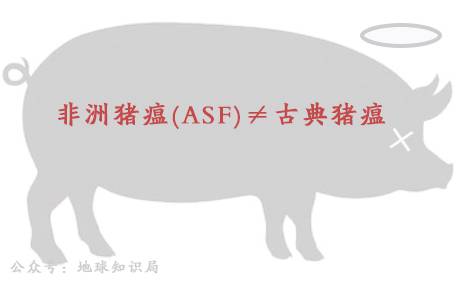
It is worth mentioning that the African swine fever virus (ASFV) is indeed born in Africa and the Spanish flu, and the Hong Kong foot, a disease / symptom that has nothing to do with the name of the name, is worthy of its name.
In terms of global distribution of pigs, African pigs account for a very low proportion.
So if CSFV (ASFV) is to succeed, the key is to spread to Europe and East Asia.

Like almost all virus-causing bodies, after entering sick pigs, the African swine fever virus extracts useful substances from sick pig cells, establishes its own "virus factory", produces more pathogenic bodies, and flows out of the body through body fluids, faeces, and so on. Pigs that continue to infect other healthy pigs can even be airborne in a short range.
This environment is clearly suitable for propagation.
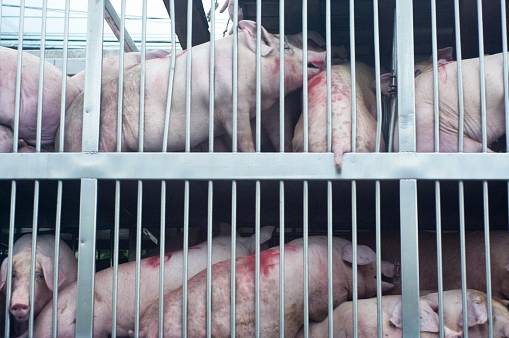
In fact, from the biological point of view, African swine fever virus is a kind of DNA virus, compared with RNA virus structure is relatively stable, should be suitable for vaccine development of pathogenic body type. But the structure of the virus is so stubborn that humans have not found a way to develop a mild strain of toxicity, so there is no mass-produced African swine fever vaccine on the market.
A pig can harm a group of pigs, and there is no vaccine to fight.
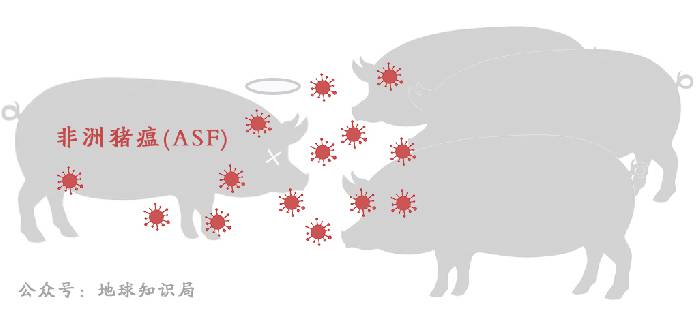
This poses a great challenge to the prevention of swine fever in Africa. Countries can barely prevent it by setting up strict quarantine systems at foreign-trade ports and even banning pork imports from countries with high incidence of disease. But such precautions are flawed, with wild boars and some insects traveling through the border with the virus, in addition to the human race to smuggle sick pork for low-cost purposes, further expanding the spread of swine fever in Africa.
For the "origin" of African swine fever, the pathogen can exist in the local ecological environment for a long time, and constantly export to the outside at the right opportunity.

And this kind of swine fever virus transmission history, is a clear proof.
From Africa to Europe
The African swine fever virus first appeared in sub-Saharan Africa. Local boars and warts often carry the virus, and soft ticks, which feed on wild pig blood, act as agents of the virus. After sucking blood from a sick pig, ticks jump through the herd and bring the virus into the body of a wild boar when it is sucked down.
Wild boars, warts and ticks apparently prefer warm and humid environments, while many diseases in southern Africa are difficult to spread to mainland in Europe and Asia due to the existence of the Sahara desert.
Until the great nautical age accelerated the communication between microbes..

But this has not led to the extinction of African boars, as the virus only affects young boars, and adult boars rarely die of infection.
Only young people will be bullied by virus.
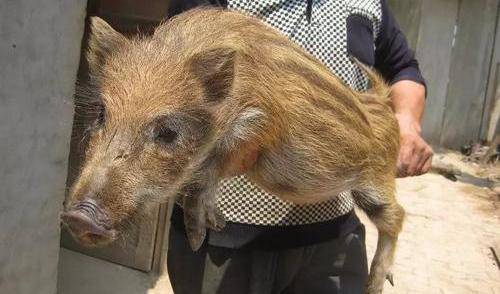
But with the spread of the virus, the British who raised pigs in the African colonies began to feel wrong. The resistance of domestic pigs to the virus is not as strong as that of wild boars. Once infected, fever, rapid heartbeat, mucus secretion, gastrointestinal bleeding and other symptoms will occur in young pigs. The most acute and acute sexy infection mortality rates as high as 100%, and spread very quickly, pig farms suffered heavy losses.
In 1921, local veterinarians were unable to control the outbreak and had to record it, published in the journal Pathology, as "a type of swine fever occurring in East Africa (Kenyan colony), England".
Interested students can also take a look at it.

In the 1960s, the spread of swine fever in East and South Africa began to spread to West Africa, Senegal, Cameroon, Angola (former Portuguese colony) and other countries. In 1996, The emergence of African swine fever in C ô te d'Ivoire marks the beginning of a pandemic that has swept across West Africa.
Almost at the same time, African swine fever first entered Portugal in 1957.
The Sahara can't walk, but you can take a boat and an ash machine.
Portugal is their first stop in Europe.

It was strange that an airline sent uncooked pork as swill to a pig farm outside Lisbon. Local pigs that ate contaminated feed were soon infected with the virus and became sick pigs. West Africa, once a Portuguese colony, has maintained close ties with each other. Although the outbreak was extinguished, the African Swine Fever, which entered West Africa, is looking for another chance to land in Portugal.
There has been a lot of confusion at the source.
It's hard to stop it at the end.

In 1960, Portugal and Spain both outbreak of African swine fever. To eradicate the spread of swine fever in Africa, Spain's government has also revolutionized farms to isolate ticks. However, the effect can only be said to be mediocre, the virus has taken root in the Iberian peninsula, while contaminated pork and pig feed is still on the European mainland relay.
After the successful capture of the Iberian Peninsula, the African Swine Fever tick
For 30 years

Since then, Malta and Sardinia have also developed African swine fever due to aircraft-borne swine fever, and France and Belgium have not been spared.
After nearly 30 years of governance, African swine fever barely disappeared from Europe's mainland. With the exception of Sardinia, European countries have announced the formal elimination of African swine fever.
This wave of attacks has also made Western Europe a terrible mess.
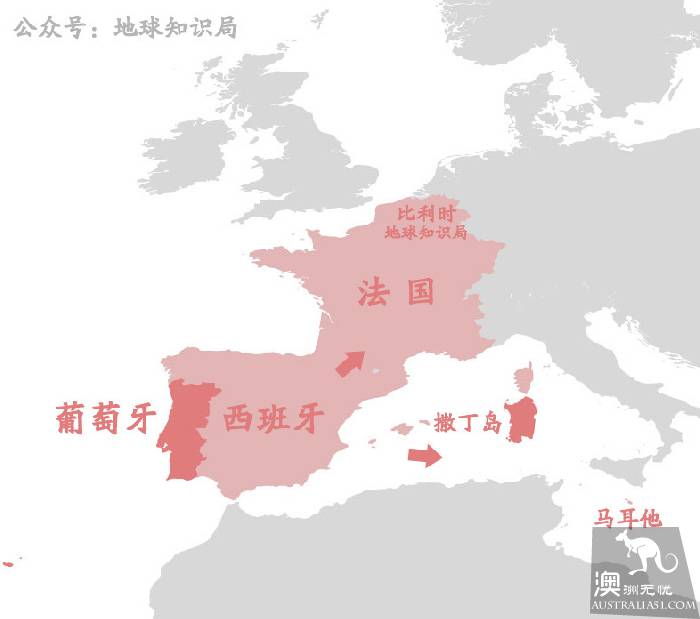
In addition to Europe, African swine fever has landed in the island-infested Caribbean, especially in Cuba. Conspiracy theories suggest that the outbreak of African swine fever in Cuba, which failed to hit Africa's eight poles, was due to U.S. agents bringing the strain into the country in an effort to overthrow Castro regime. Whether the news is true or not, African swine fever is indeed a huge blow to Castro. Cuba killed five hundred thousand pigs in the 1970s before finally eliminating the epidemic.
Although classical swine fever may have affected communism construction in Cuba,
But the Cuban people also hit the American invaders in the Bay of Pigs.
.. Is it even?
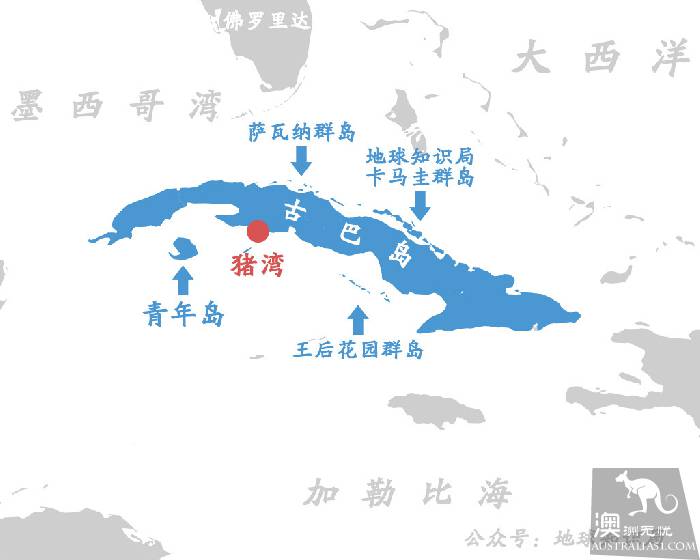
But no one could have guessed that, decades later, the stubborn virus would come back and come in even more ferocious.
Crazy pig, pig.
From Russia to the south, cross the Caucasus range, and enter a small country called Georgia. This is Stalin's hometown and a staunch Orthodox country. Local residents like to eat kebab and a kind of steamed buns called Khinkali. Unlike its southeastern neighbour Azerbaijan, its cuisine is dominated by pork.
Unlike the surrounding ISIS neighbors,
The Georgian people are fond of pork.

Because of the poor relations between the country and Russia after the break-up of Soviet Union, the limited level of economic development in the deep mountains and the serious bureaucracy, the inspection and quarantine procedures are not perfect. The outbreak of a new wave of African swine fever in mainland, Europe and Asia, is not unthinkable.
In June 2007, Georgia's health authorities announced the appearance of African swine fever in Georgia, possibly caused by contaminated pork products flowing into Georgia's pig market from East Africa. It was three months after farmers first reported abnormal pig deaths. The virus has already begun to spread rapidly.
Georgia is in a very important position.
Swine fever in Africa, formerly prevalent in Africa and Western Europe
For the first time, we have a chance to pass through this pivot point on the Eurasian road.
Four-sided spreading
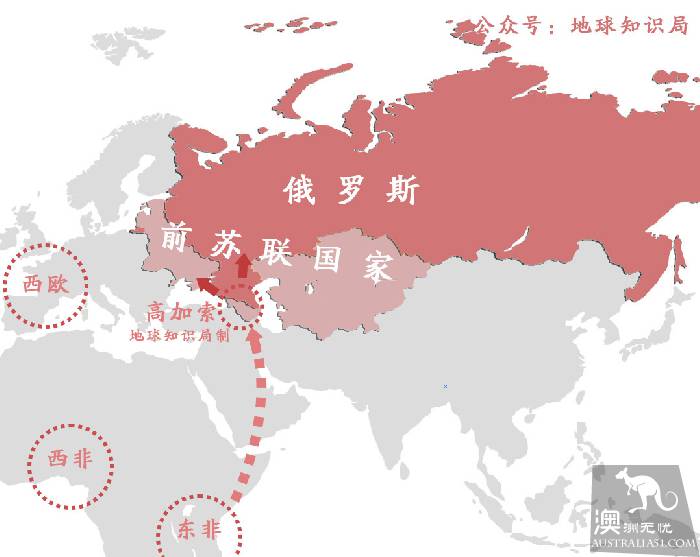
In July of that year, Africa's swine fever epidemic broke out in neighbouring Armenia and Abkhazia in the north of Georgia. A few months later, the virus traversed the Caucasus range, and arrived in Chechnya, Russia. A year later, the virus spread westward into North and South Ossetia.
Once the virus follows the boar over the Caucasus mountains,
Then "there's a lot to be done in the open world."

Readers interested in the former Soviet Union area will surely be surprised by the names. This is the region with the most complex geopolitical and ethnic contradictions around Russia after the collapse of the Soviet Union, with a large number of proclamation of independence political bodies and wars from time to time. But in front of African swine fever, all pigs are equal, all countries and regions have to face this problem together.
Outbreak of Classical Swine Fever in Eastern Europe
Red wild boar blue domestic pig

But because of the complexity of local relations and the difficulty of uniform regulation, the onshore virus was allowed to wander around, and people lost the best opportunity for mainland to stop the virus first-line. After harming wild boars and domestic pigs near range in the Caucasus, the complacent virus began to advance rapidly in two directions toward Eurasian mainland.
Because the north of Gaojasso Mountain is a relatively suitable area for Russian climate, it is also an important site for Russian pig breeding. Close to the Russian Central Federal District and the Volga Federal District, 53 percent of all Russia's pigs (the eight largest federal regions of Russia) are kept in captivity, where the virus is easily transmitted.
Take Russia's fattest land as base
Two blossoms in the east and west

In 2012, the virus crossed the Don River into western Russia and Ukraine, and went north a year later into Belarus. Western and central European countries attach great importance to this, but even with strict meat quarantine, they are unable to organize the migration of wild boars. Soon the boar brought the virus to Poland, Lithuania, Latvia and Estonia. The local farmers struggled to cope and had to kill their pigs.
All the way, pigs don't live.
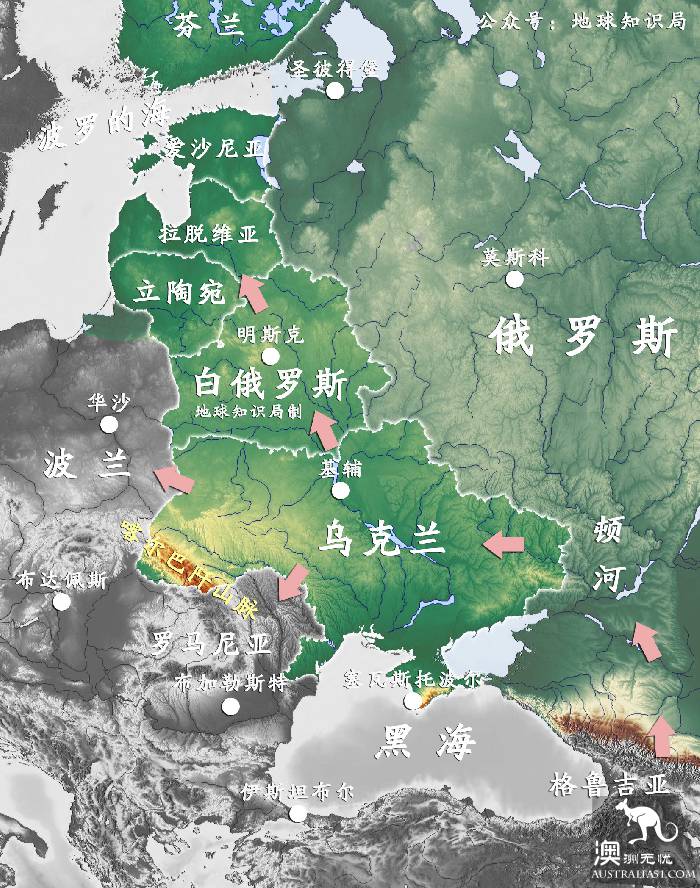
Then Moldova, Romania and Hungary announced the arrival of African swine fever in 2016-2018. Denmark, Germany, Austria and other neighboring developed countries are even more adversaries. In Germany, for example, farmers asked government to kill 70% of wild boars, but because of its ability to move and reproduce, it is impossible to eliminate them all.
Variation of distribution of Baltic disease wild boa
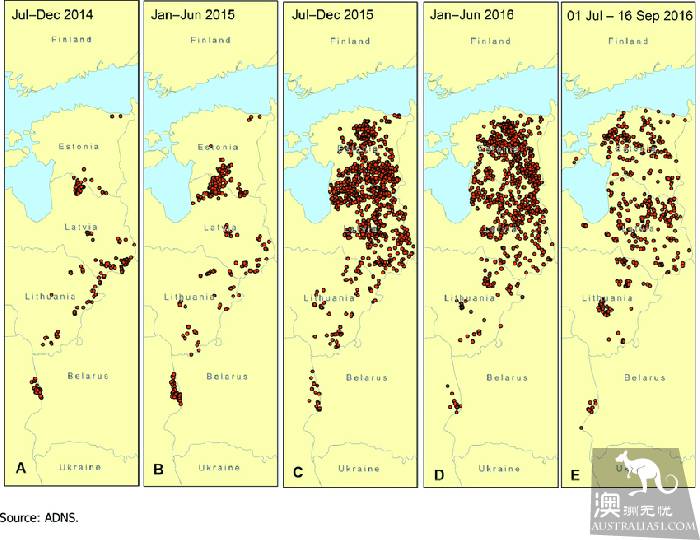
The Chinese will be more interested along the way to the east.
We do not spread the gossip here, but only quote the authority of the Ministry of Agriculture of our country:
"Molecular epidemiology studies show that the type Ⅱ gene of African swine fever virus introduced into China has 99.95% homology with the whole genome sequence of the strain published in Georgia, Russia and Poland.
I'm afraid so.
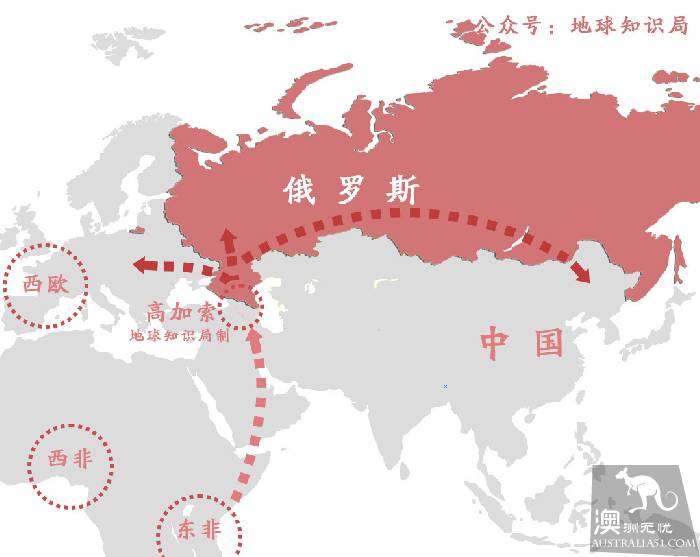
Usually, there are four main ways to spread swine fever across borders in Africa: first, international trade and smuggling of live pigs and their products; second, pork and its products carried by international tourists; third, the leftovers of food kitchens on international transport vehicles; and fourth, migration of wild boars.
After the first case of African swine fever was discovered in China, an epidemiological investigation was carried out immediately. According to the present epidemiological investigation, the possible route of the spread of African swine fever to China is mainly those mentioned above. Our country communicates with the personnel of African countries with swine fever, the trade of goods is frequent, the price of pork is higher than the neighboring countries, and the smuggling activities are repeated. The number and population density of wild boars in border areas continue to increase, and the risk of epidemics is higher than in other countries.
Treatment of sick pigs in Russia

There are three main ways of transmission: first, live pigs and their products are transported across regions. There were 13 outbreaks caused by remote transportation, accounting for about 19% of the total; second, food and kitchen leftovers were fed to pigs. Food leftover feeding pigs caused 23 outbreaks, accounting for about 34% of the total epidemic; third, people and vehicles to carry the virus. "after carrying the virus, live pig transport vehicles and traffickers enter other pig farms without thorough disinfection, accounting for about 46 percent of the epidemic."
To sum up the key points: the African swine fever strains in China and the strains found in Russia are likely to be homologous; pork smuggled from the origin of the disease, our personnel in Africa, and wild boars along the border between China and Russia may all be the routes of transmission. A variety of cross-infection, so that pigs can not be prevented.
Pig birth is difficult
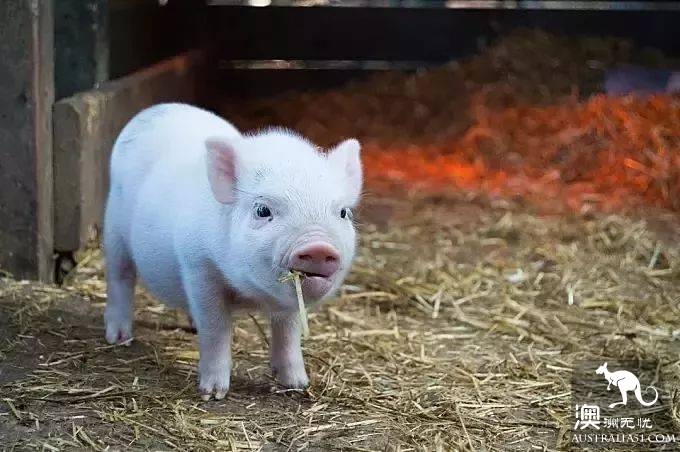
An African boar, the complex geography of the former Soviet Union region, and the spread of Asia-Europe wild boars and sick pork smugglers are raising new challenges on the Eurasian mainland.
I hope scientists can develop a common vaccine as soon as possible, and a healthy year of pigs will also allow us to eat cheap and reassuring pigs.
Yearn for a vaccine.
